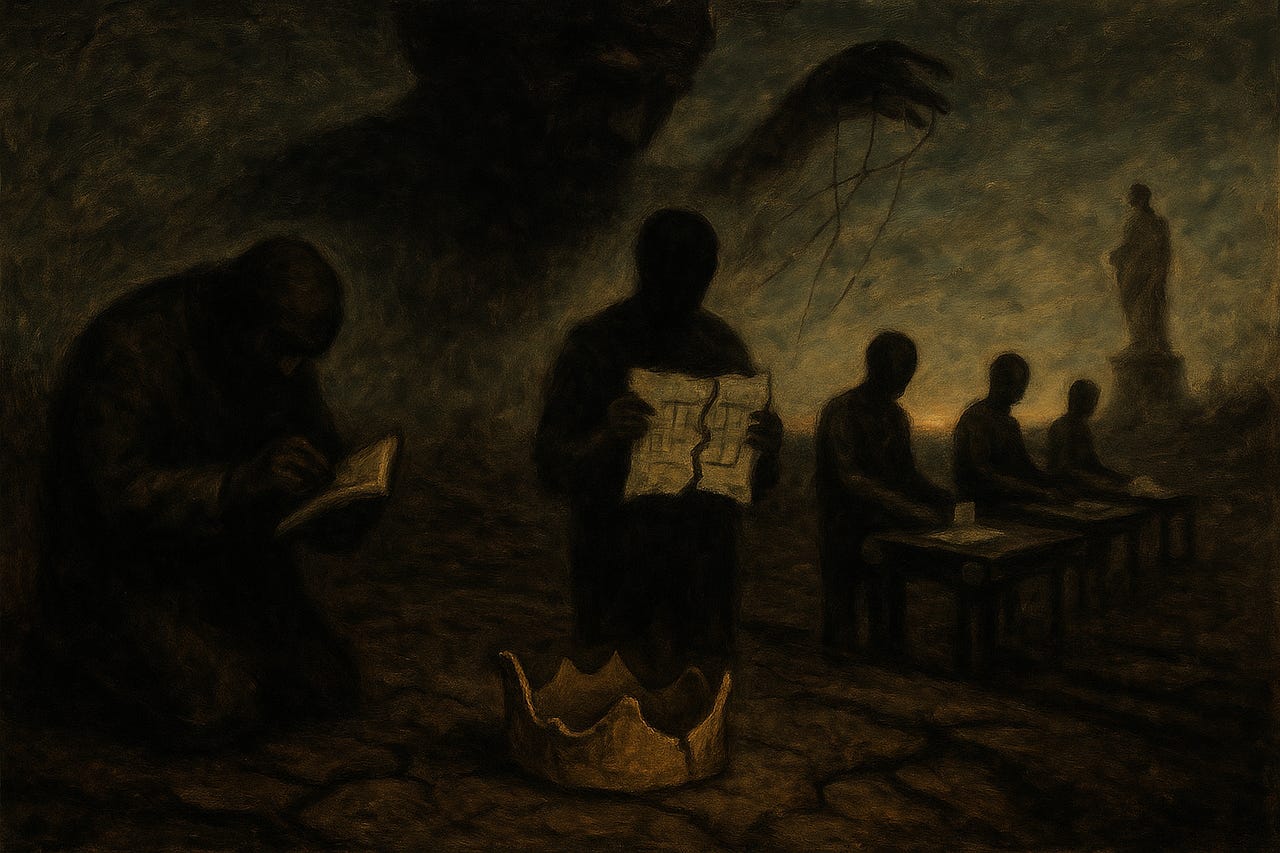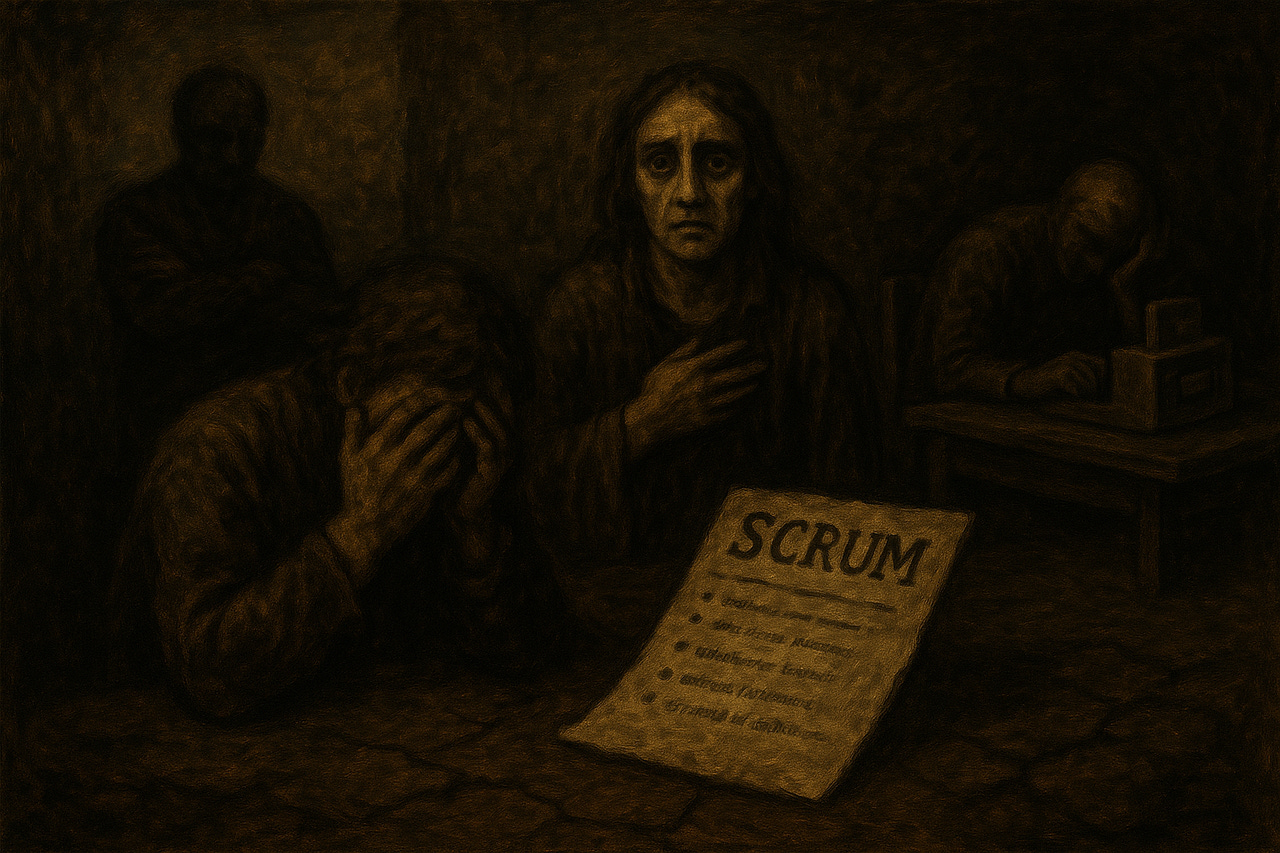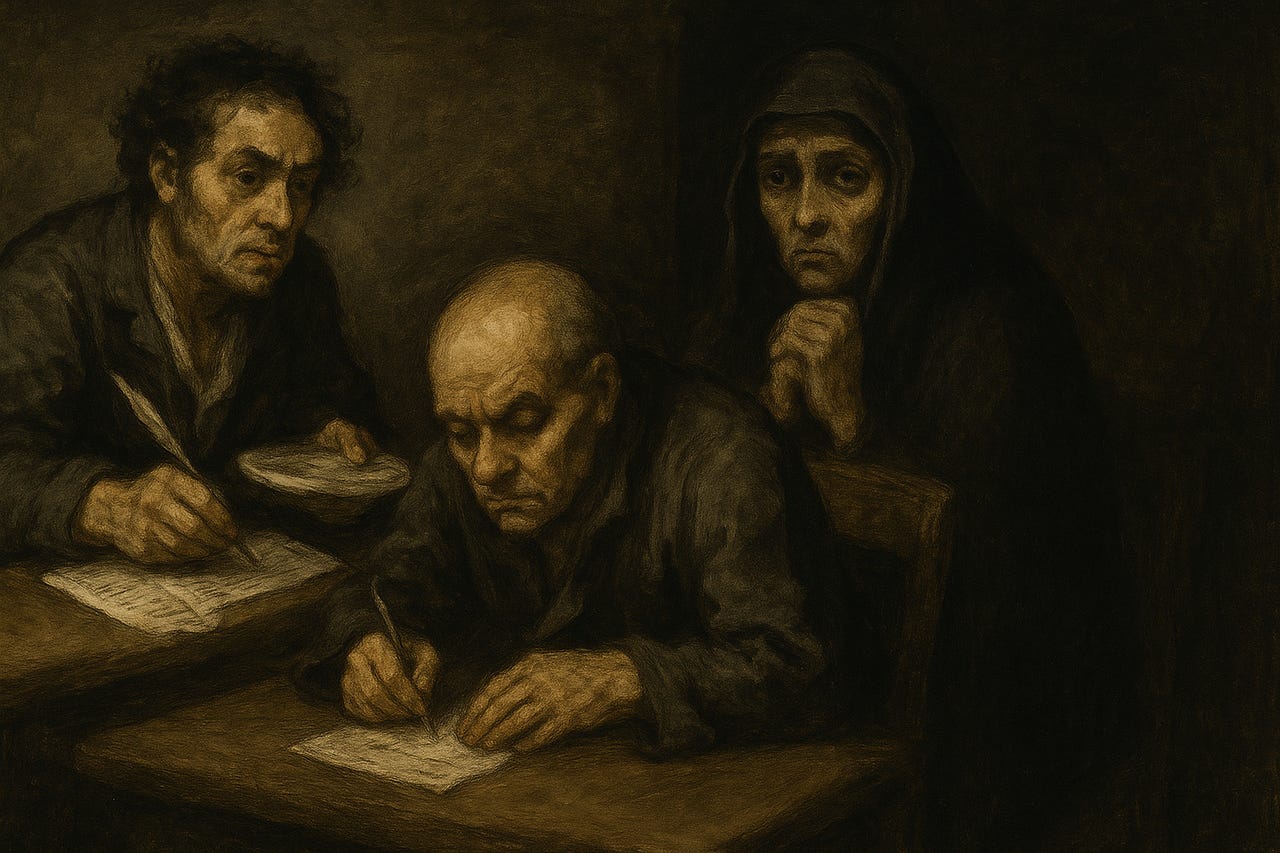Is Scrum Dying? Or Are We Just Doing It Wrong?
Scrum used to be king. Now people don’t even want it on their CV.
Remember when being a Product Owner was cool? When Scrum Masters were change agents, not glorified note-takers?
When saying “we use Scrum” signalled progressive, Agile thinking?
Fast forward to now, and you’ll find Product Owners ashamed of the title, Scrum Masters sidelined, and developers stuck in factory-mode delivery.
Teams are jumping ship to SAFe, Kanban, or “whatever Spotify did,” chasing results Scrum couldn’t deliver.
(This blog isn’t a SAFe bashing either, I still think it has its place…but its anything but Agile, its a more flexible Waterfall)
So, what happened?
Was Scrum the problem all along — or did we just totally miss the point?
Let’s talk about why Scrum is on the ropes, what actually went wrong, and whether it deserves a second chance.
Follow me on medium: https://medium.com/@jdotharrison
Scrum Was Never the Problem — But We Treated It Like a Process
Let’s clear this up early: Scrum is not a process.
It’s a framework. A lightweight scaffold designed to expose your dysfunctions, not mask them with meetings and rituals.
But most companies didn’t want that. They wanted a neat process to make software faster. Something with steps. Predictability. Timelines.
They took Scrum, skipped the hard bits (mindset, values, leadership transformation), and kept the same command-and-control culture — just with new labels.
“We do standups now!”
“We deliver every two weeks!”
“We have a PO!”
Cool. Still micromanaging? Still chasing outputs? Still punishing failure?
If so, that’s not Scrum. That’s cosplay.
Scrum Fails When Organisations Aren’t Ready to Change
You can’t “install” Scrum and expect magic.
Scrum only works when the conditions are right. Culture. Leadership. Mindset. Trust.
I’ve seen this story play out a hundred times:
Leadership wants agility…but refuses to give up control
Teams want autonomy…but are judged on velocity
Product Owners are order takers, not decision makers
Developers are treated like ticket machines
Scrum Masters are glorified facilitators, stripped of influence
In that kind of environment, Scrum doesn’t fail.
It’s failed before it even begins.
…and because no one wants to blame the culture, Scrum gets the blame instead.
Follow me on medium: https://medium.com/@jdotharrison
Let’s Talk About the Roles (and Why Everyone Hates Them Now)
Product Owner: The Frustrated Waiter
You’re meant to own the product, drive vision, set priorities.
Instead, you’re juggling 14 stakeholders, saying “yes” to everything, and logging Jira tickets until midnight.
You don’t own the product. You take orders and try to look busy.
And because of this, product-minded folks are fleeing the PO title altogether — it’s become a role without power, sandwiched between politics and process.
Developer: The Ticket Taker
In theory, developers choose how to solve problems.
In reality, they’re told what to build, when, and how. Tech leads, architects, or CTOs make the decisions — developers just execute.
Autonomy? Lol.
Value-driven delivery? Not if the roadmap says otherwise.
Innovation? Only if it fits the sprint goal.
The result: talented people stuck in output factories.
Scrum Master: The Job No One Understands
This one’s brutal.
Scrum Masters are meant to be change catalysts. Coaches. Servant leaders.
But most companies treat them like team assistants. Meeting organisers. Jira janitors.
And when they try to challenge the system, they’re told to “stay in their lane.”
It’s no surprise the role is disappearing, or worse — being hired, then neutered.
Follow me on medium: https://medium.com/@jdotharrison
Scrum Isn’t Dead. But It’s Misunderstood, Misused, and Mistreated.
Let’s be clear:
✅ Scrum can work
❌ But not in a system that resists change
You need:
Executive courage to empower teams
True product ownership, not proxy decision-makers
Space for learning, iteration, and even (gasp) failure
Values that are lived, not laminated on the wall
Scrum is a mirror, not a manual. If you don’t like what it shows you, smashing the mirror won’t help.
And if we’re not willing to confront the cultural rot — then yes, maybe Scrum will collapse.
So… Will SAFe Take the Throne?
I really hope not.
SAFe isn’t agile. It’s a beautifully branded, enterprise-friendly waterfall recovery programme.
When companies drop Scrum for SAFe, they’re not choosing agility — they’re choosing structure, governance, and the illusion of progress.
SAFe won’t save you from poor leadership or low trust. It’ll just give you a 200-page PDF to hide behind.
Time for a Restart
Scrum doesn’t need defending — it needs a reboot.
Not with more certifications. Not with new job titles. But with honest reflection:
Are we ready to actually empower teams?
Do our Product Owners own anything?
Are developers solving problems or completing checklists?
Is our Scrum Master shaping change or chasing calendars?
If the answer is “no” — you don’t need a new framework. You need to fix the system.
Because Scrum didn’t fail us. We failed Scrum.
TL;DR Recap
Scrum is not a process — it’s a framework designed to expose dysfunctions
It fails when leaders try to bolt it onto an old-school culture
The core roles (PO, Dev, SM) have been watered down and stripped of purpose
SAFe isn’t the answer — it’s a process-heavy illusion of agility
If we want Scrum to work, we have to start again — this time for real
If your Product Owner’s a waiter and your Scrum Master’s a calendar cop, don’t blame the framework.
Blame the system.
Then change it.
Follow me on medium: https://medium.com/@jdotharrison





